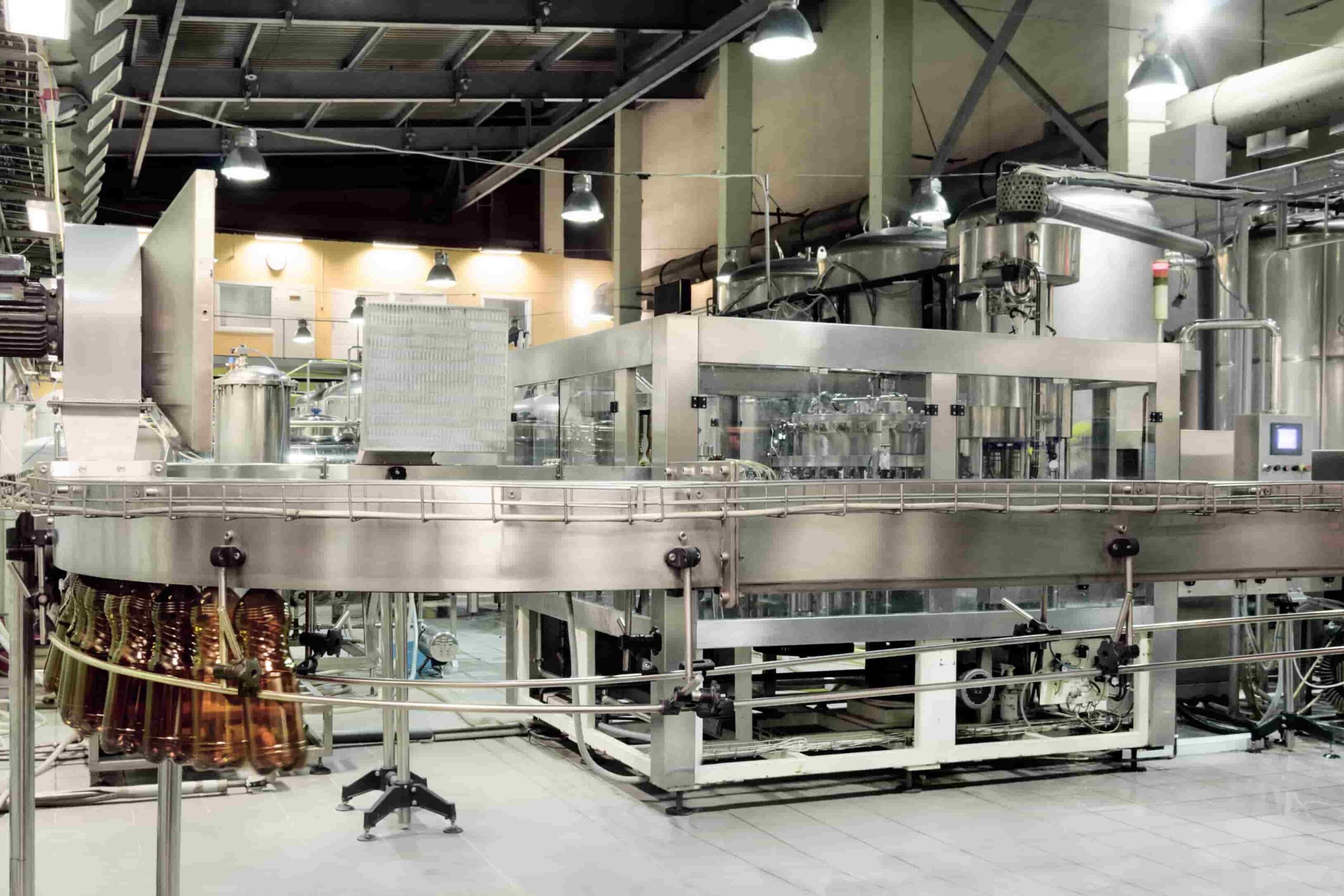
Posted on June 9th, 2023 by Carrier Vibrating
As pet owners, we expect the pet food we buy to be nutritious, high-quality, and safe. However, the risks involved in pet food production and the safety measures pet food manufacturers take to create this food are largely underappreciated.
Manufacturers employ advanced technologies and stringent procedures, from innovative pasteurization methods to vibrating conveyor systems, ensuring every meal we serve our pets is free from harmful pathogens. This approach safeguards both our furry friends and us from potential exposure, making every mealtime a safe and enjoyable experience.
The Most Dangerous Pet Food Pathogens
The pathogens that pose significant risks in pet food are Salmonella, E. coli, and Listeria. In fact, these bacteria can cause severe illness in both pets and humans when the contaminated food is not manufactured using the highest food safety standards.
Salmonella, Listeria, and E. coli in pet food can cause serious illnesses in both pets and humans. Pets infected with these pathogens may suffer symptoms like diarrhea, vomiting, and fever, leading to severe complications, particularly in older pets or those with existing health conditions.
Radio Frequency (RF) pasteurization also plays a crucial role in pet food safety. This thermal process uses electromagnetic energy through radio waves to kill pathogens. This method is beneficial because it doesn’t require as much heat as other methods and is, therefore, faster.
Salmonella (responsible for over a million infections in humans annually in the U.S.) and Listeria are among the top causes of fatal foodborne illnesses in the U.S., and E. coli is responsible for over 2,000 hospitalizations yearly.
When acquired from pet food, these pathogens primarily reach humans through handling contaminated food, improper storage or preparation, and inadequate personal hygiene, such as not washing hands after handling pet food or cleaning up after an infected pet. This underscores the importance of maintaining stringent pet food safety standards during manufacturing.
Eliminating Pet Food Safety Risks with High-Pressure Processing (HPP) and Radio Frequency (RF) Pasteurization
Mitigating these pathogens in pet food involves several technological interventions. For example, High-Pressure Processing (HPP) is a cold pasteurization technique by which products, already sealed in their final package, are subjected to high levels of hydrostatic pressure. This can eliminate (or reduce to safe levels) bacteria, viruses, yeasts, molds, and parasites without needing heat or chemicals. This process not only ensures pet food safety but also helps to maintain the nutritional profile and taste of the food and extend its shelf-life.
The Role of Conveyor Technology in Making Pathogen-Free Pet Food
While many machines are used throughout the pet food manufacturing process, conveyor systems – particularly vibrating conveyors – are integral to both High-Pressure Processing and Radio Frequency pasteurization methods in pet food manufacturing.
During HPP, conveyors carry the hermetically sealed pet food packages into the vessel where the treatment occurs. In RF pasteurization, they move the food as raw ingredients or finished products through the RF applicator that applies the heat. Vibrating conveyors offer an adjustable motion for gentle or high-G handling, ideal for pet food that needs careful movement or for breaking up clumps.
Conveyors also help facilitate the testing process, ensuring products are transported seamlessly from the processing units to the testing areas and then toward packaging. They allow for a smooth, continuous, and efficient production line that helps maintain pet food safety while enhancing operational efficiency.
Carrier Vibrating Equipment is committed to continually innovating and providing effective processing solutions to ensure the safety of pet food and also help improve its overall quality. For more information about our processing systems, visit our Contact page.






